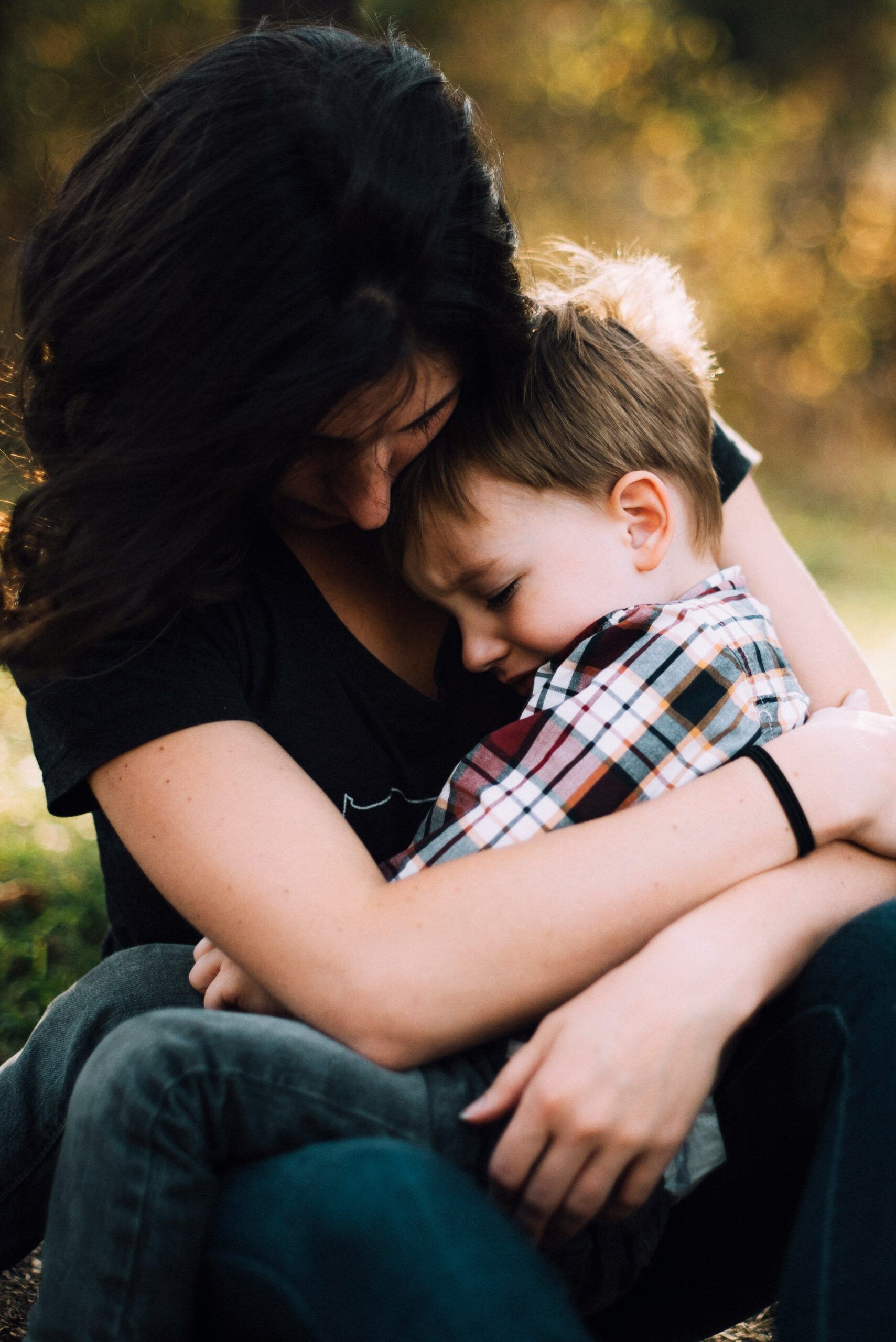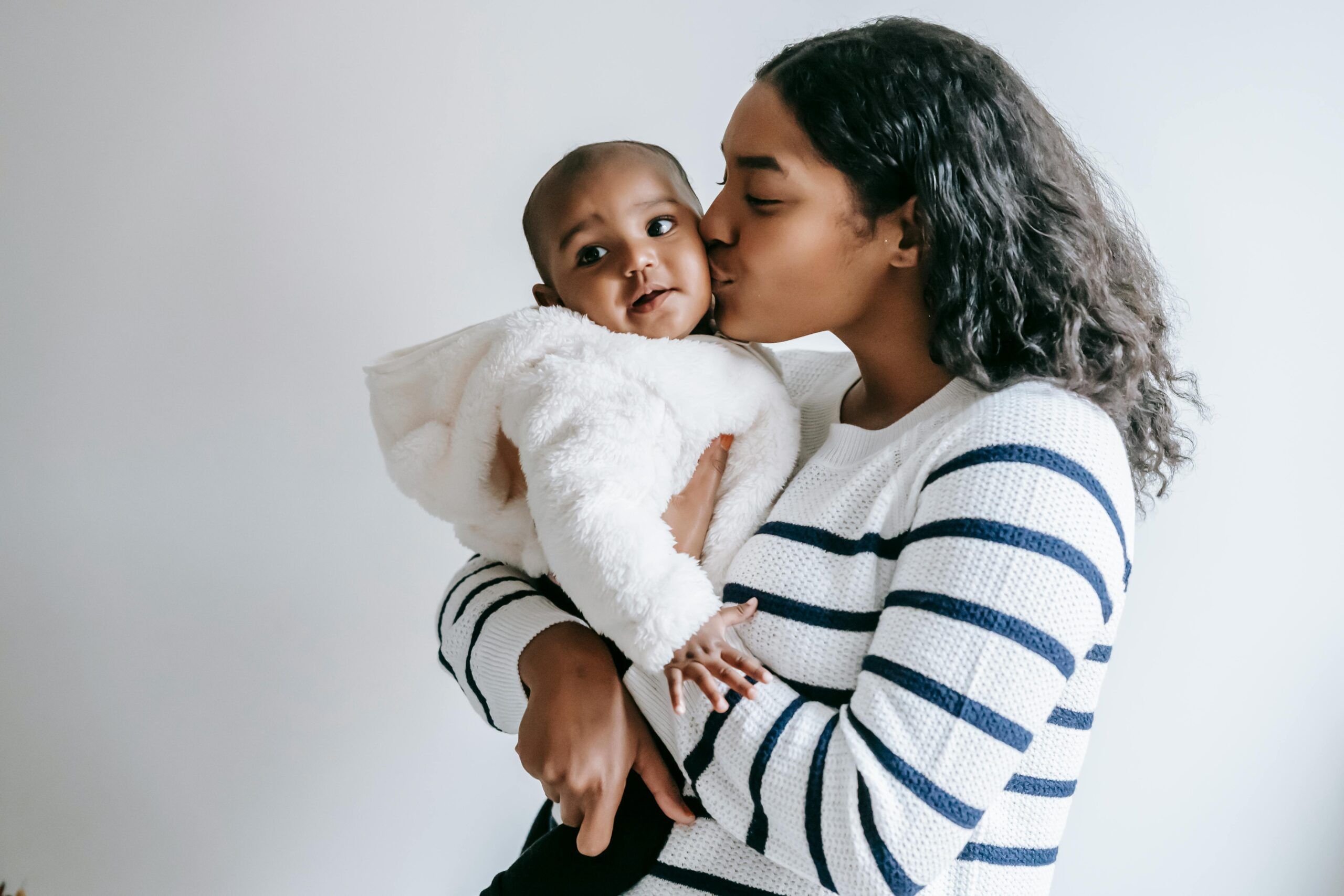Domestic Violence

Cornerstone
Cornerstone was founded in 1983 to connect women in crisis due to domestic violence with support and safety. Since then, they’ve become a multifaceted nonprofit with accessible, innovative, and comprehensive services for adults and youth of all genders who are experiencing or have experienced domestic violence, sexual violence, human trafficking, or crime. Cornerstone has locations in Bloomington, Brooklyn Center, and Minneapolis and partners with numerous organizations in the Twin Cities and throughout Minnesota to provide seamless advocacy for people seeking help.

Esperanza United
Founded in 1982 by a small group of Latinas, Esperanza United was originally an emergency shelter in St. Paul, Minnesota and now also mobilizes Latinas and Latin@ communities to recognize gender-based violence and act to end it by creating communities rooted in honor and respect. Esperanza United continues to ground its work in community strengths and wisdom, as it serves Latin@s locally and nationwide. (Formerly known as Casa de Esperanza)

National Center on Domestic Violence, Trauma, and Mental Health
The National Center on Domestic Violence, Trauma, and Mental Health promotes survivor-defined healing, liberation, and equity by transforming the systems that impact survivors of domestic and sexual violence and their families.

Violence Free Minnesota
Founded in 1978, Violence Free Minnesota is a statewide coalition of over 90 member programs working together to end relationship abuse, create safety, and achieve social justice for all. Violence Free Minnesota represents victims and survivors of relationship abuse and member programs, challenges systems and institutions, promotes social change, and supports, educates, and connects member programs. (Formerly known as the Minnesota Coalition for Battered Women)

Ujima
Established in 2015, Ujima, The National Center on Violence Against Women in the Black Community, was founded in response to a need for an active approach to ending domestic, sexual, and community violence in the Black community. Ujima serves as a resource to survivors of violence, advocates and service providers, and the community at large.
